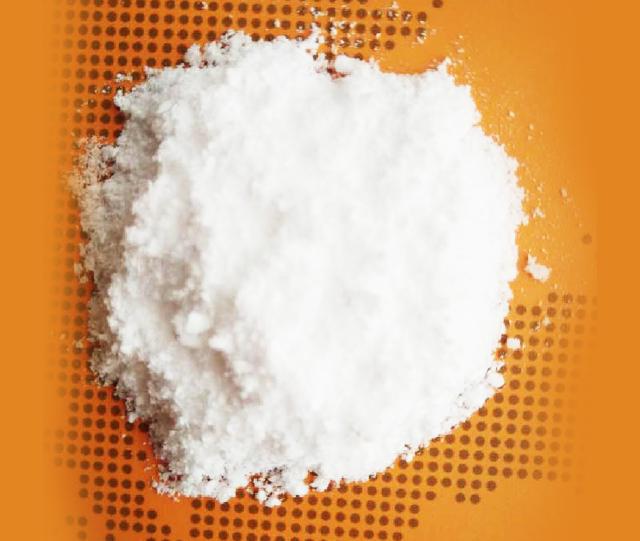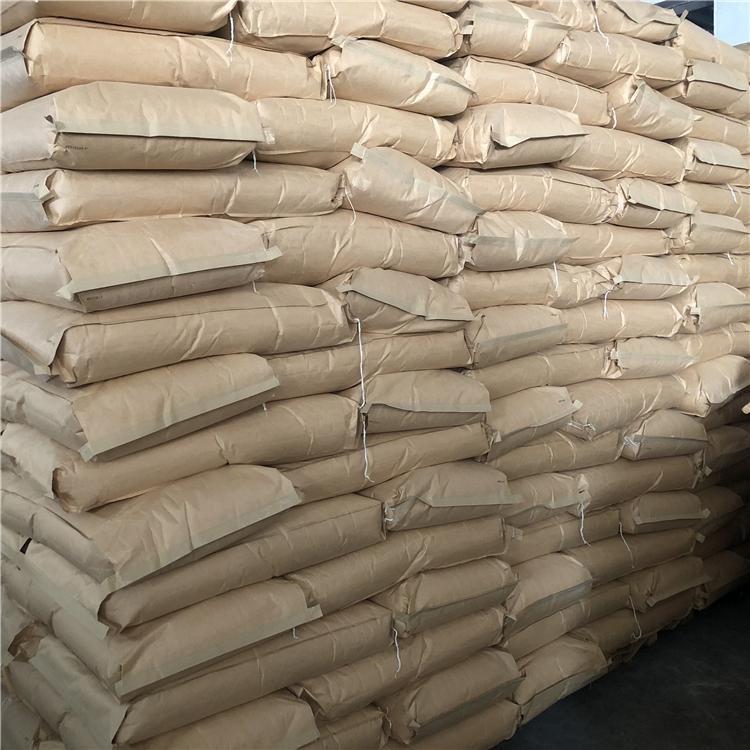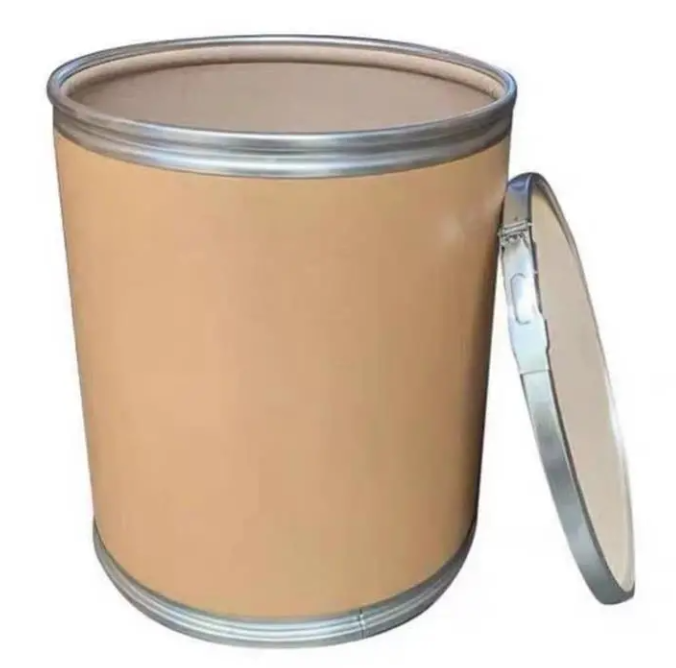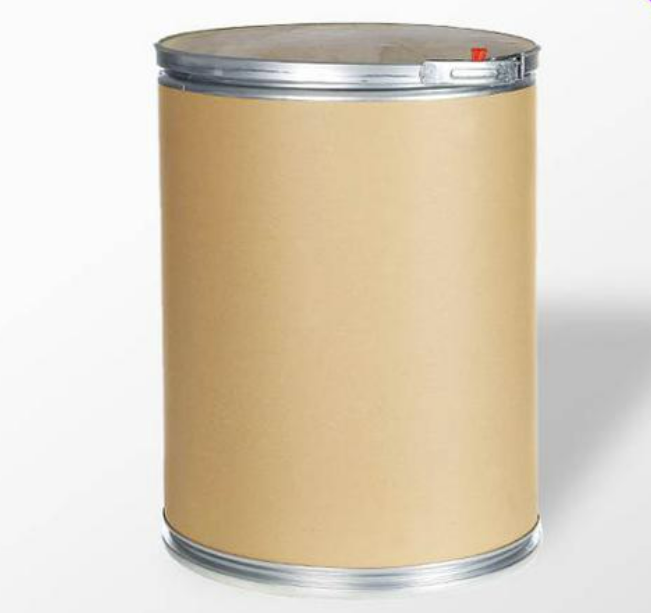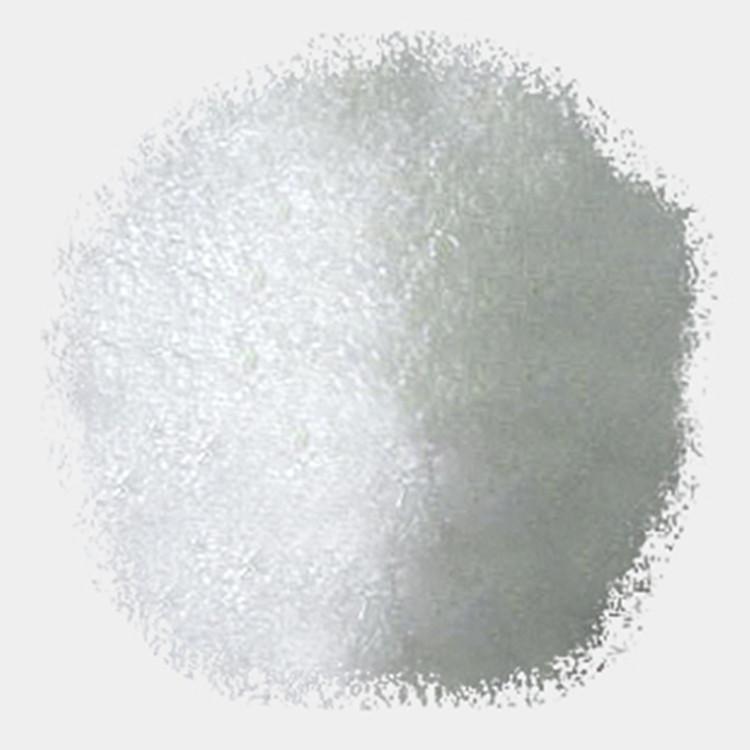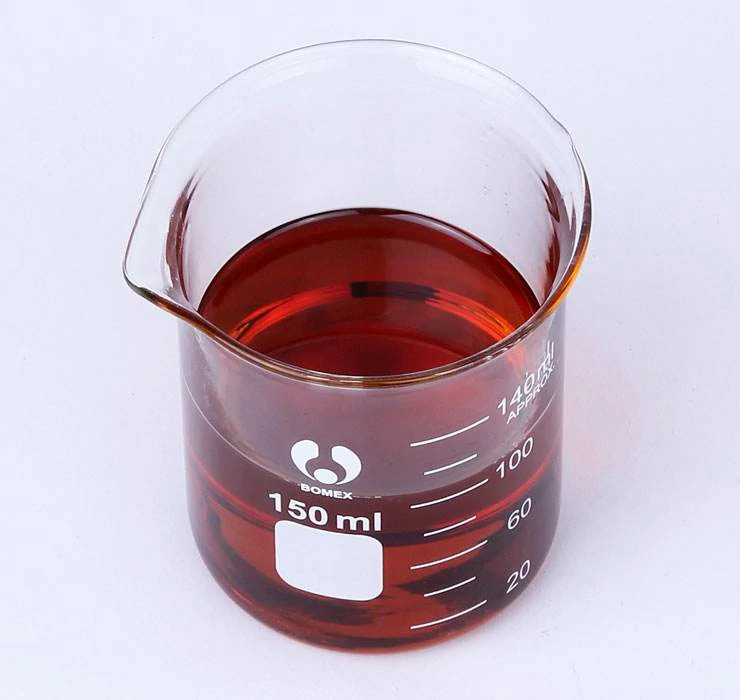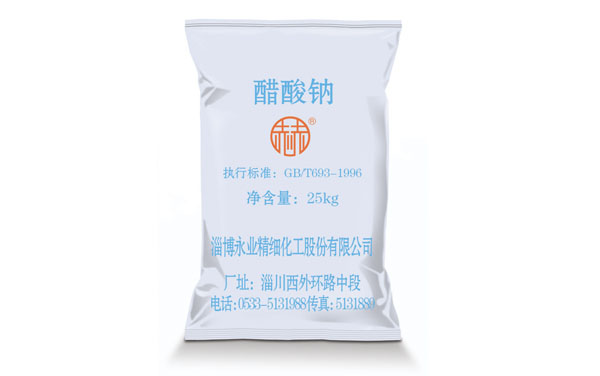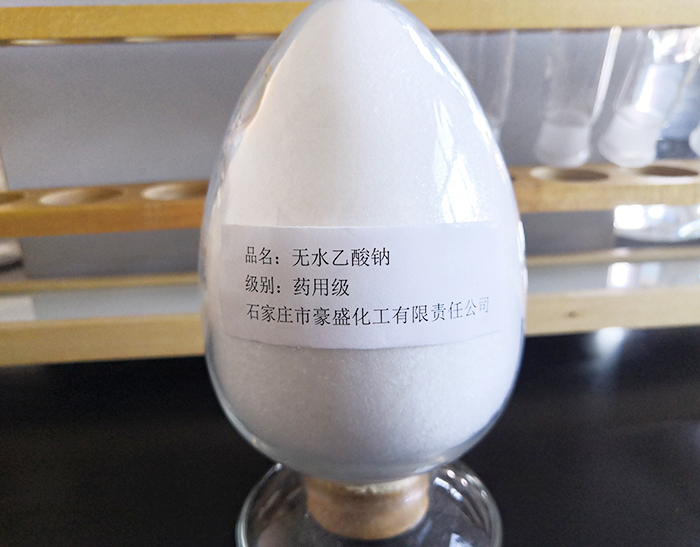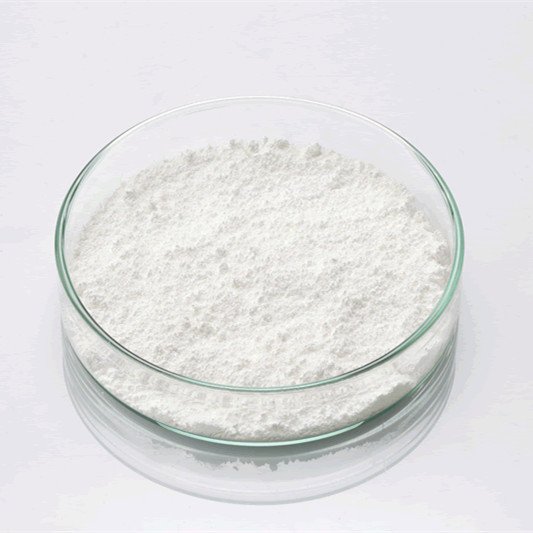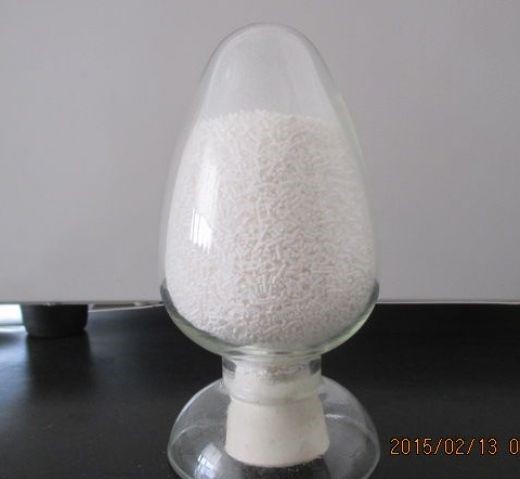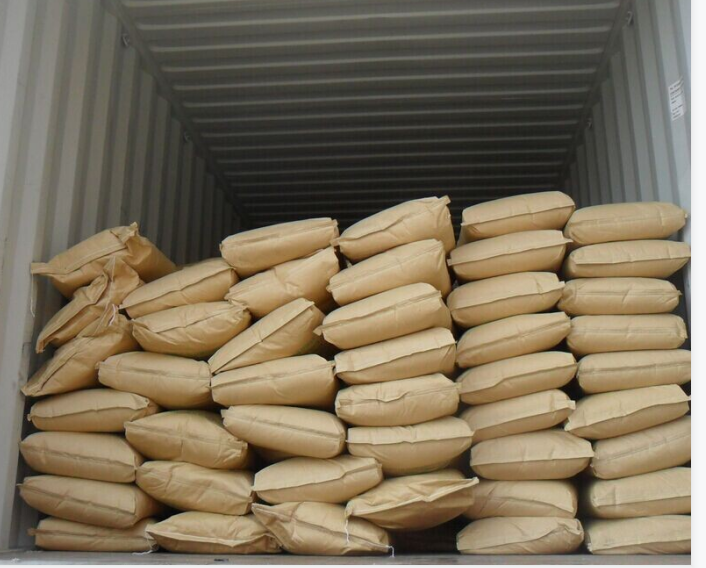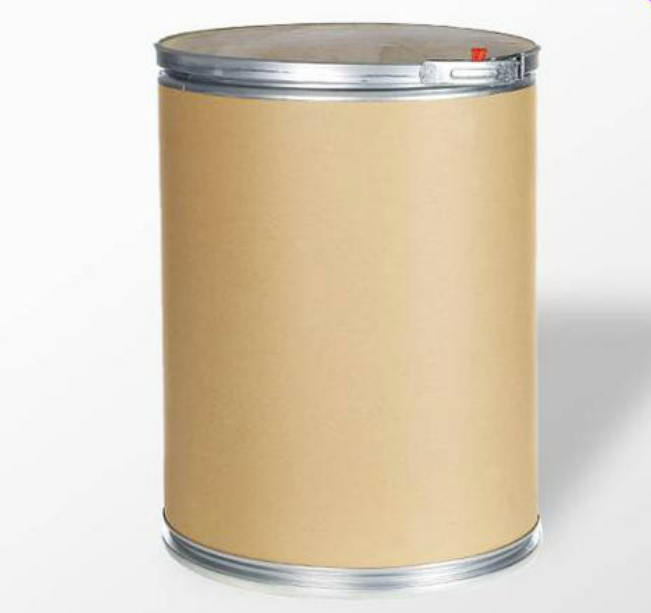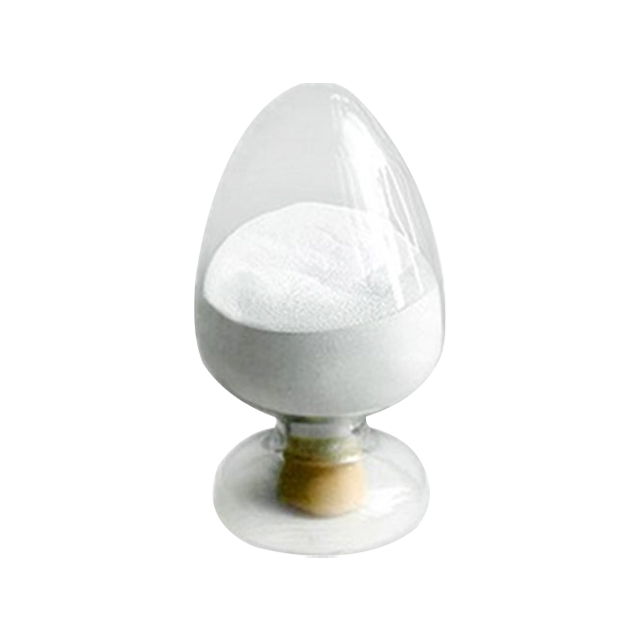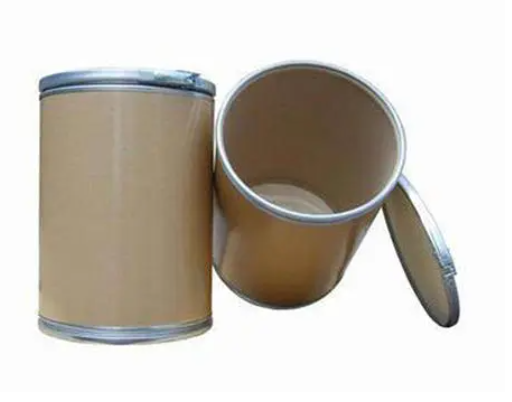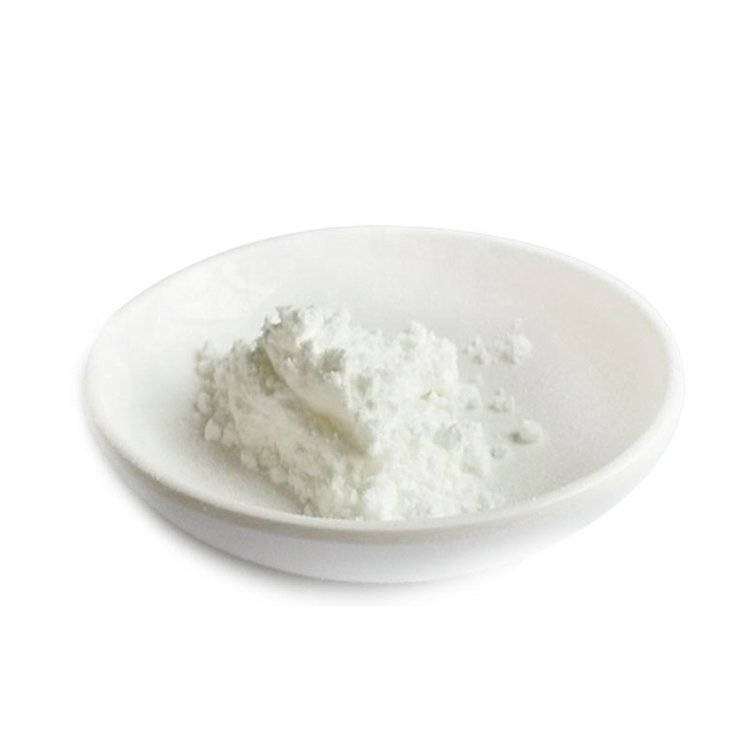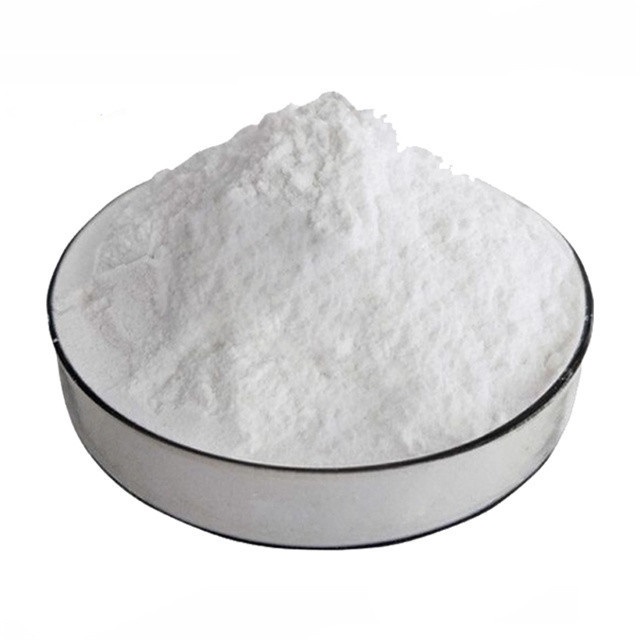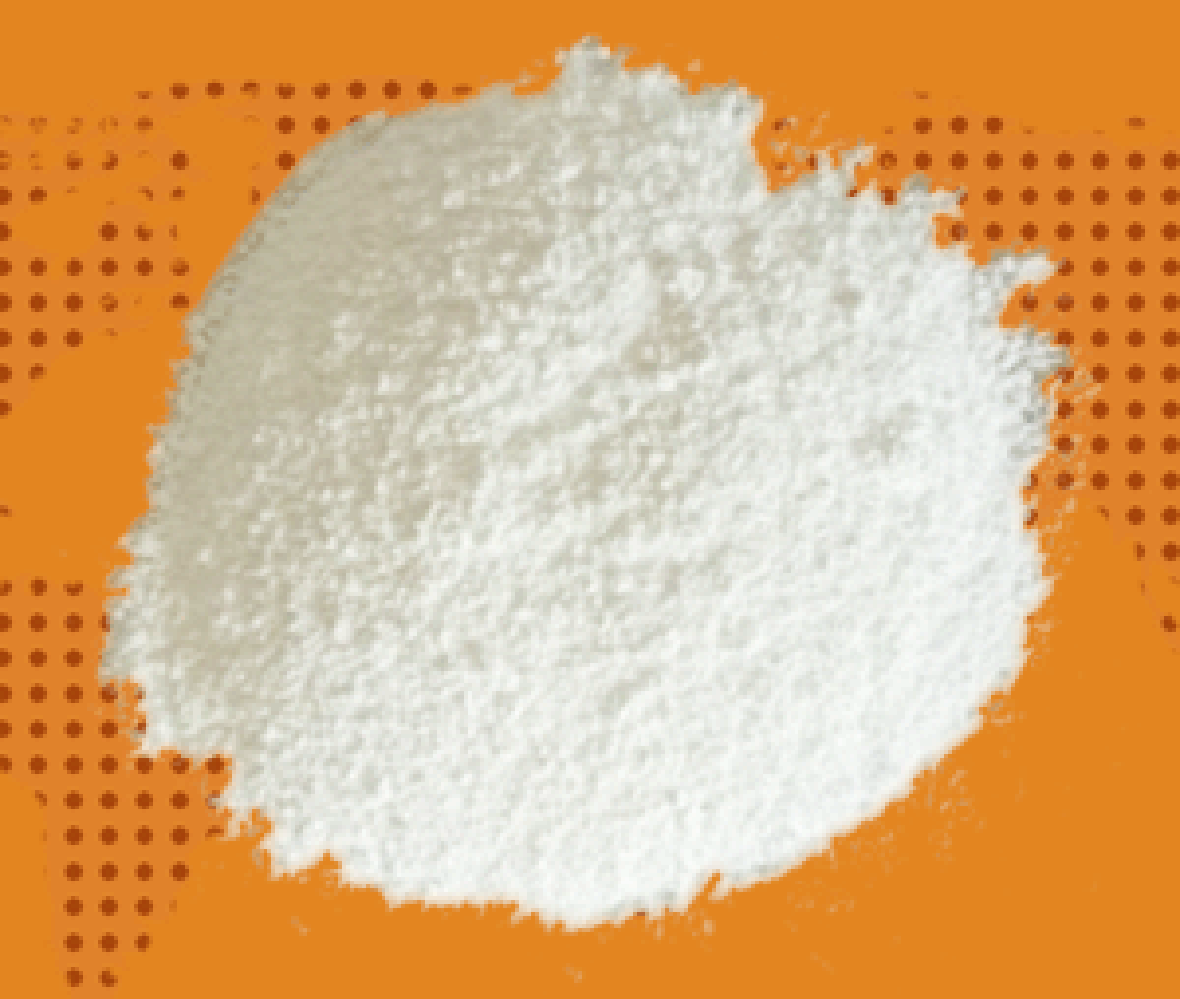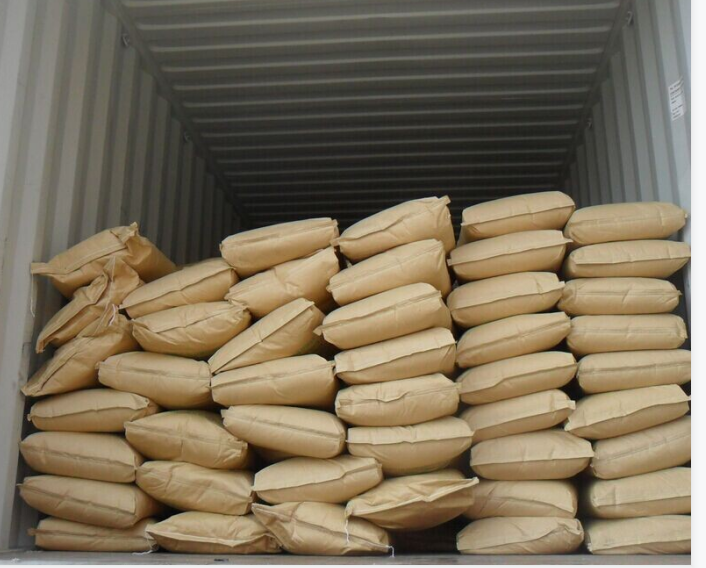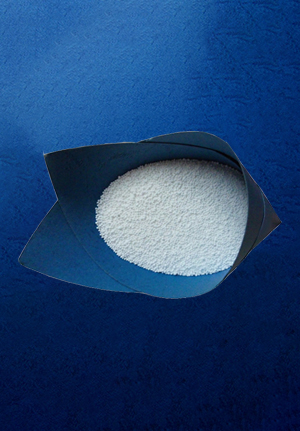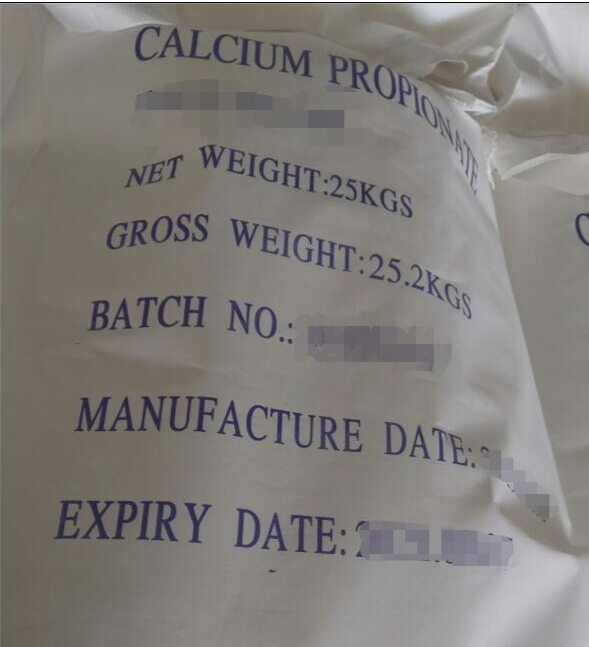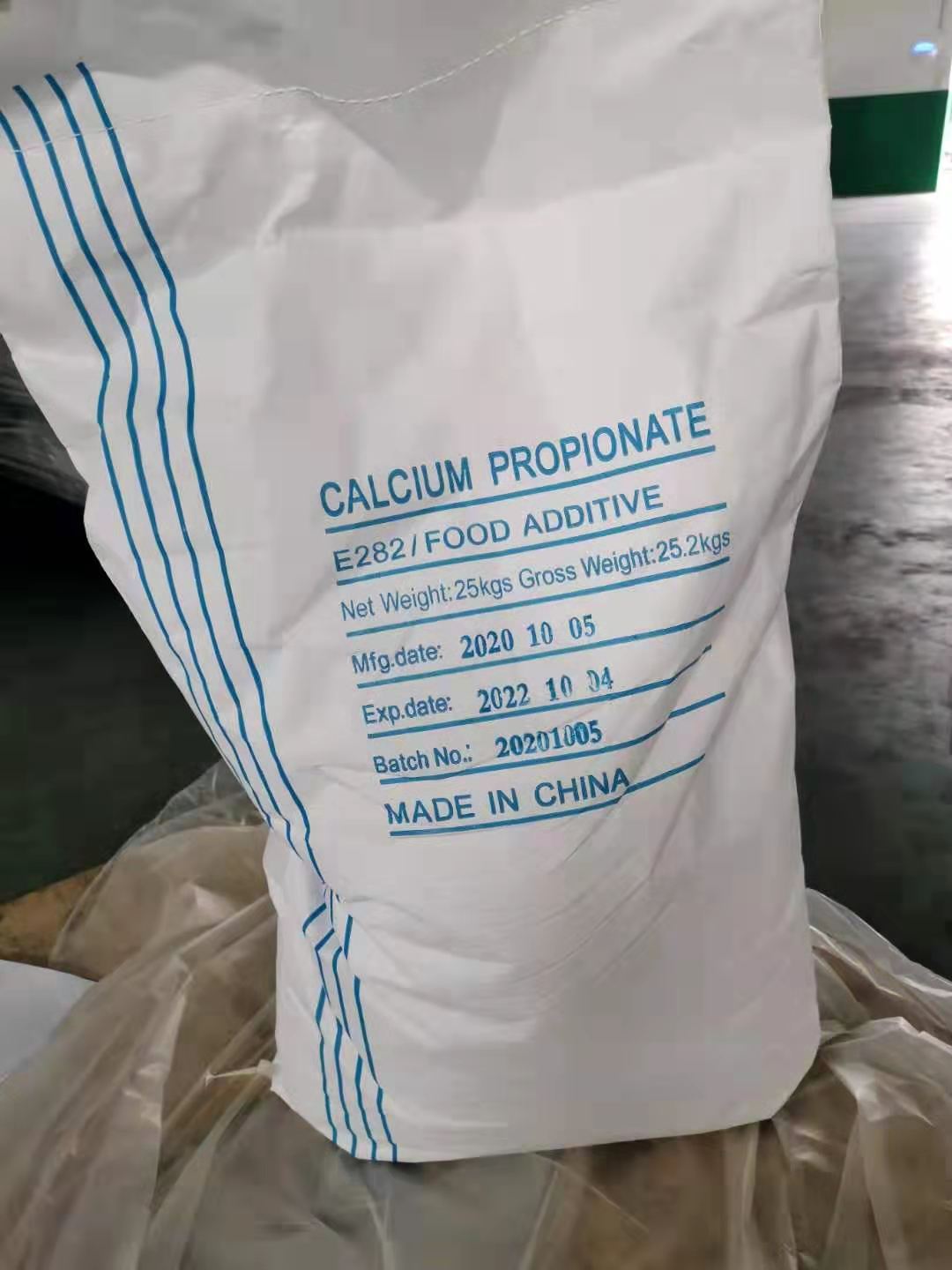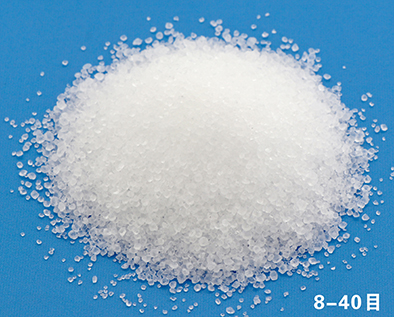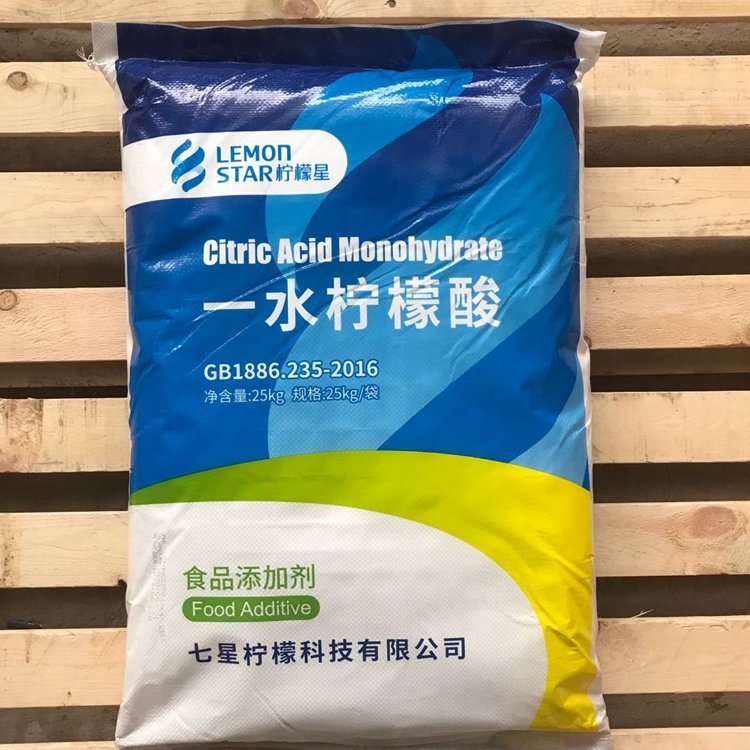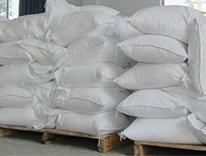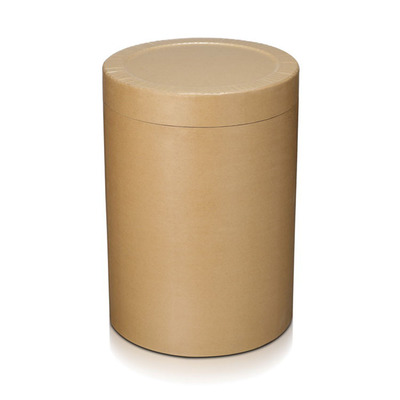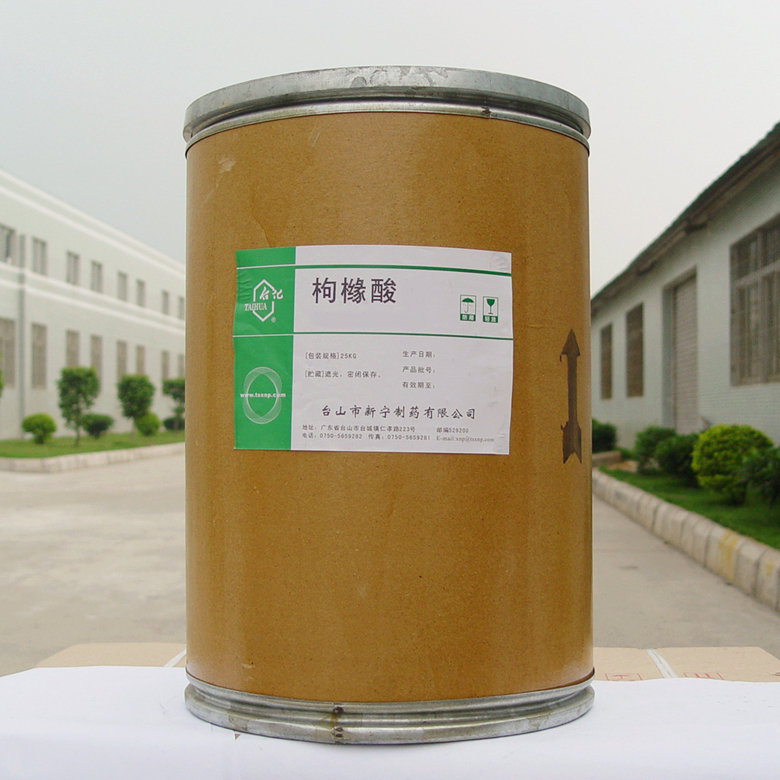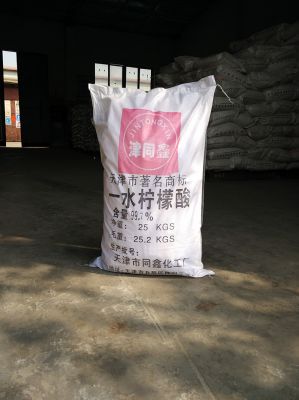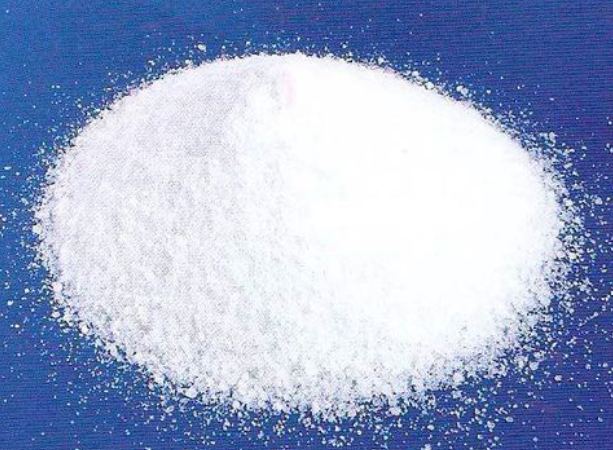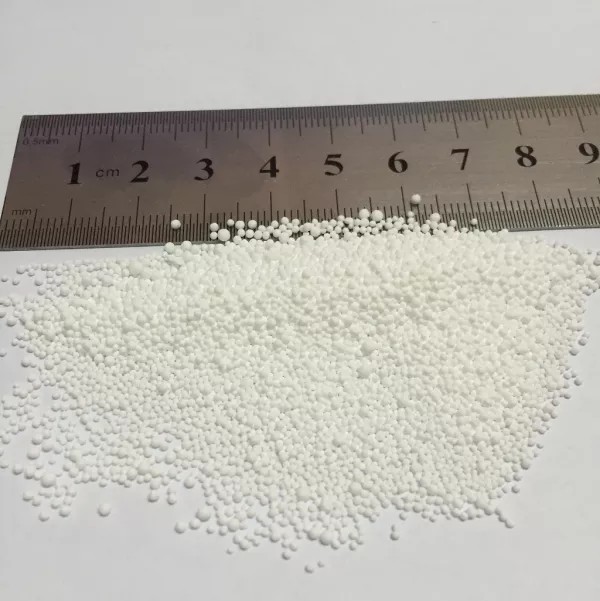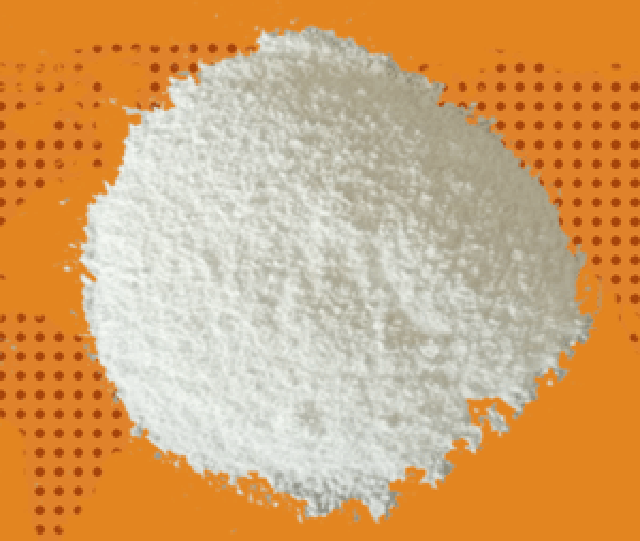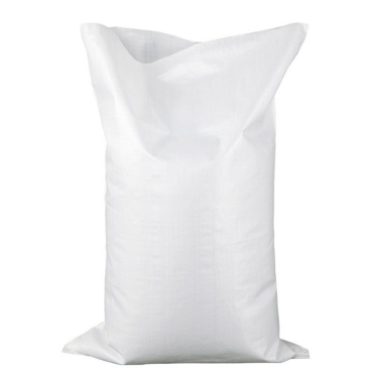Food(Feed) Additives
Food Additive
Additives For Food Packaging
Feed Additive
Anti Corrosion and Preservation
Antioxidants
Colorant
Color Fixative
Bleaching Agents
Flour Treatment Agent
Emulsifier
Thickening Agent
Stabilizer and Coagulator
Anticaking Agent
Bulking Agent
Water Retention Agent
Chewing Gum Bases
Flavor Enhancer
Sweeteners
Acidity Regulators
Food Flavors and Fragrances
Nutritional Fortifier
Enzyme Preparation
Defoamer
Coating Agent
Other Food Additives
Feed Growth Promoters
Feed Trace Elements
Feed Amino Acids and Small Peptides
Feed Vitamins
Feed Deworming Health Agents
Feed Quality Enhancer
Additives For Feed Preservation
Feed Conditioner
Other Feed Additives
Find
50
related chemicals for you
CAS:127-09-3
Molecular Formula:C2H3NaO2
Alias
More Information
Acetic Acid Sodium Salt; Sodium Acetate Anhydrous; Anhydrous Sodium Acetate; Sodium Ethanoate; Sodium;Acetate; Acetic Acid, Sodium Salt (1:1); Sodium Diacetate; Sodii Acetas; Natriumazetat; Natrium Aceticum; Octan Sodny; Acetic acid Sodium; Technical Grade Sodium Acetate; Aceitc acid Sodium
Brief Introduction
This product is used as a buffer of seasoning agent and meat preservative in food production, to control the sticky phenomenon caused by fungi in bread production, and to preserve grains with high water content. This product can also be used as textile printing and dyeing auxiliaries (mordants), buffers for photographic industry, chemical reagents and pharmaceutical intermediates. It can also be used as raw materials for the synthesis of organic chemical products, such as furan acrylic acid, acetate, chloroacetic acid, acetic anhydride and cinnamic acid.
Suppliers
View More Vendors (11) >
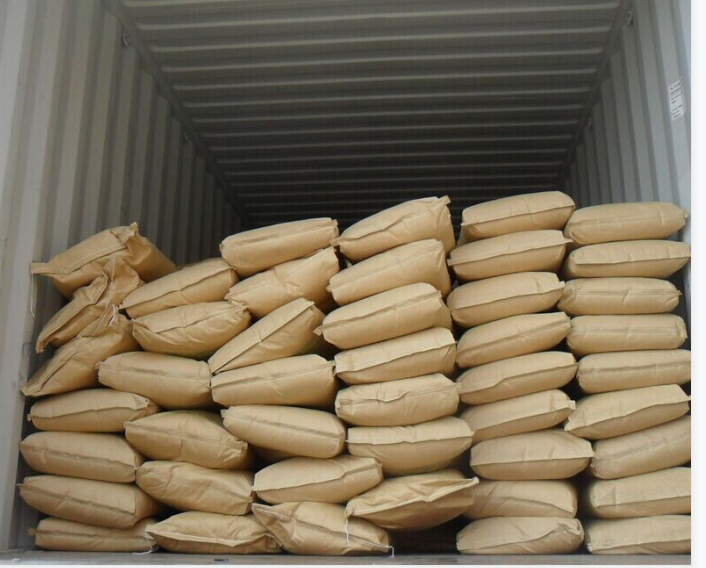
the Ministry of Health Bulletin 2011 No. 19 , FCC
/
Food Grade
25kg
/
Paper Bag
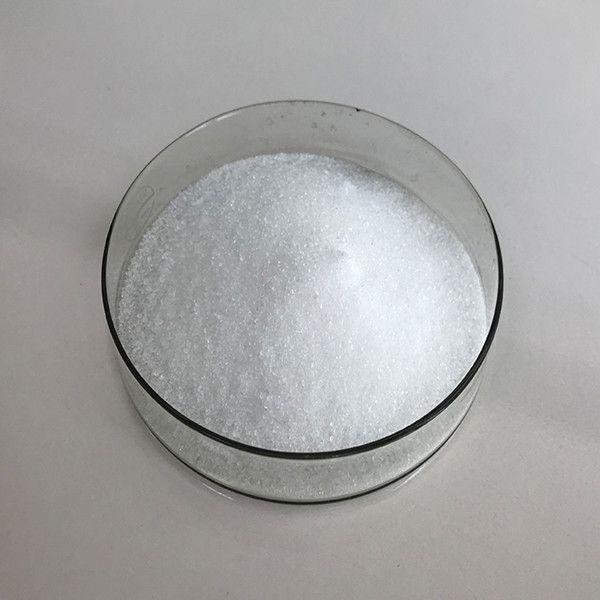
FCC;Free Acetic Acid:39.0~41.0%;Sodium Acetate:58.0~60.0 %
/
Food Grade
25kg
/
Paper Bag
CAS:24634-61-5
Molecular Formula:C6H7KO2
Alias
More Information
Trans,Trans-2,4-Hexadienoic Acid Potassium Salt; Potassium Sarbate; Potassium Sorbinate; 2,4-Hexadienoic Acid Potassium Salt; Potassium Trans,Trans-Hexa-2,4-Dienoate; Sorbic Acid Potassium Salt; Sorbic Acid K Salt; Sorbic Acid Potassium; 590-00-1; Potassium 2,4-Hexadienoate; Potassium (E,E)-Sorbate; Potassium (2E,4E)-hexa-2,4-Dienoate; Sorbistat-K; Sorbistat Potassium; E202; Potasium Sorbate; Potassium Sorbate-A2; Potassium Sorbate in India; Potassium Sorbet; Potasium Sorbat
Brief Introduction
Potassium sorbate is mainly used as food preservative, cosmetics preservative and feed mould proof. It has a strong inhibition of spoilage bacteria and mold, and is easily soluble in water, so it is widely used. The lower the pH value, the stronger the antibacterial effect. Sorbic acid (potassium) can effectively inhibit the activities of molds, yeasts and aerobic bacteria, and also prevent the growth and reproduction of harmful microorganisms such as botulinum, Staphylococcus and Salmonella. However, it has almost no effect on beneficial microorganisms such as anaerobic bacillus and Lactobacillus acidophilus. Its inhibitory effect on development is stronger than bactericidal effect, so as to effectively prolong the storage time of food, And keep the original food flavor.
Suppliers
View More Vendors (9) >
CAS:4075-81-4
Molecular Formula:C6H10CaO4
Alias
More Information
Calciurn Propionate; Propionic Acid Calcium Salt; Calcium Dipropionate; Caprosil Salt G; Propionatedecalcium; Caprosil Salz; Calcium Propanoate; Calciumpropanoate; Propionic Acid,Calcium Propionate; Bioban-C; Calcium Propiohate; Propionsaeure,Calciumpropionat; Calcium Propinate
Brief Introduction
It can be used as food preservative, mildew inhibitor, cake, bread, soy sauce, vinegar, cut noodles, etc. As a mould inhibitor of feed, it is widely used in protein feed, bait feed, full price feed and other aquatic animal feeds. It is an ideal mould inhibitor for feed processing enterprises, scientific research and other animal feeds.
Suppliers
View More Vendors (8) >
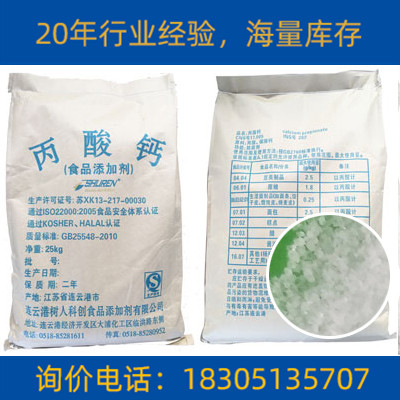
FCC-V/E282 90%-100%
/
Food Grade
25kg
/
Woven Bag
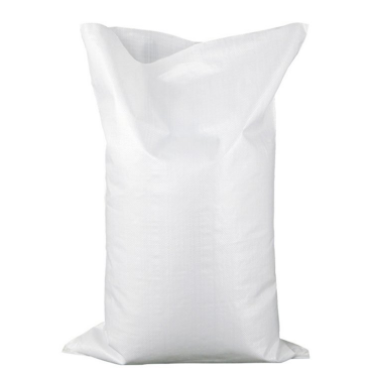
≥99.0%
/
Tech Grade
25kg
/
Woven Bag
CAS:5949-29-1
Molecular Formula:C6H10O8
Alias
More Information
2-Hydroxypropane-1,2,3-Tricarboxylic Acid Hydrate; 1,2,3-Propanetricarboxylic Acid, 2-Hydroxy-, Monohydrate; 2,3-Propanetricarboxylicacid,2-Hydroxy-Monohydrate; Citric; Citric Acid Hydrate; Citric ACID, Monohydrate; Citric acid mono; Citric ACID(Monohydrate)
Brief Introduction
Citric acid monohydrate is mainly used in food and beverage industry as sour agent, seasoning agent, preservative and preservative. It is also used as antioxidant, plasticizer and detergent in chemical industry, cosmetics industry and washing industry.
Suppliers
View More Vendors (7) >
CAS:532-32-1
Molecular Formula:C7H5NaO2
Alias
More Information
Benzoic Acid, Sodium Salt; Benzoate Sodium; Sodiumbenzoate; Benzoic Acid Sodium; Sodium Benzoate Powder; _|_; Benzene Derivative
Brief Introduction
Sodium benzoate is a commonly used food preservative in China's food industry. It has a sweet and astringent smell, is stable in the air, and can absorb moisture when exposed in the air. It naturally exists in blueberries, apples, plums, cranberries, prunes, cinnamon and cloves. Its bactericidal performance is weaker than benzoic acid. In acidic environment, sodium benzoate has obvious inhibitory effect on a variety of microorganisms. When pH is 3.5, 0.05% solution can completely inhibit the growth of yeast, but when pH is above 5.5, it has poor effect on many molds and yeasts. It has little effect in alkaline solution. In the process of biotransformation, sodium benzoate combines with glycine to form uric acid, or combines with glucuronic acid to form glucosidic acid, and all of them are excreted from the urine. In the normal dosage range, it has no toxic effect on human body and is a safe preservative. It can be used for carbonated drinks, concentrated fruit juice, margarine, gum base, jam, jelly, soy sauce, etc.
Suppliers
View More Vendors (7) >
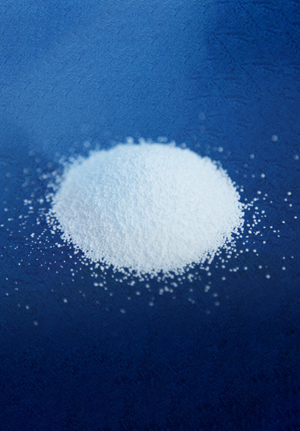
BP2015; 99.0%-100.5%
/
Pharm Grade
25kg
/
Paper Bag
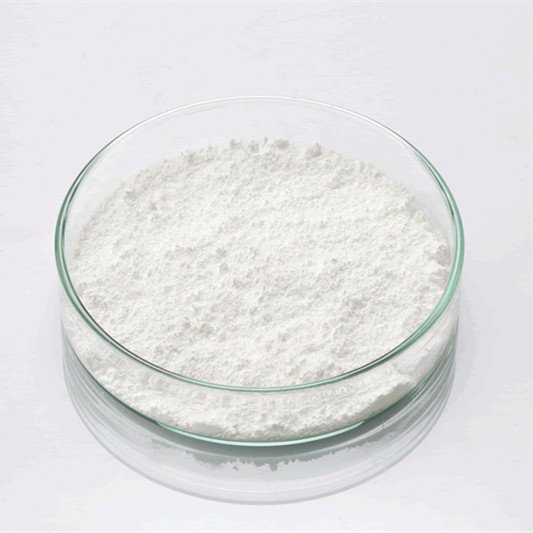
≥99.0%
/
Food Grade
25kg
/
Woven Bag
<Invalid Value>
FCC 颗粒
/
Food Grade
25kg
/
Paper Bag
Inquiry (
10
/ 10
)
Clear All
You can inquire for up to 10 products at a time
Sign In
Error!

